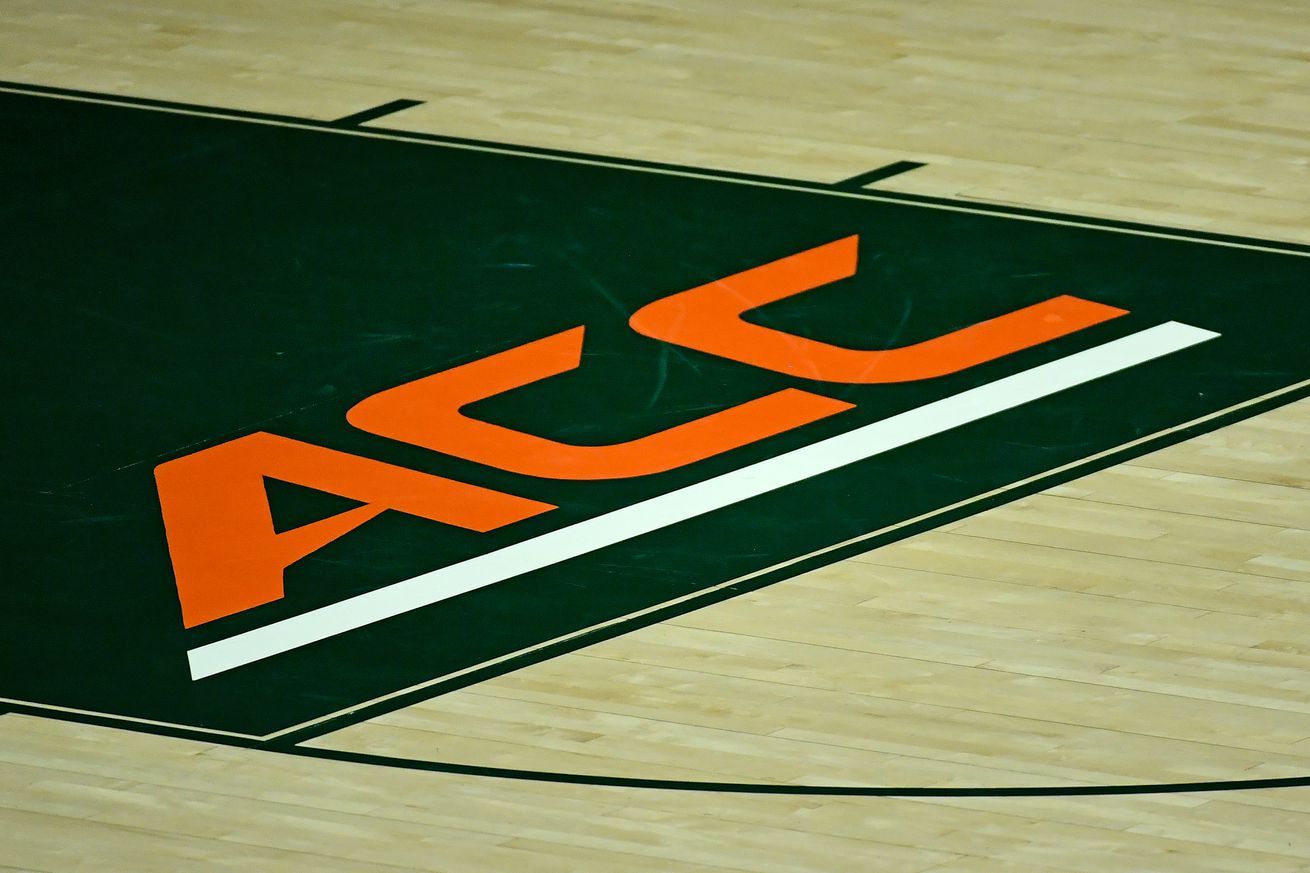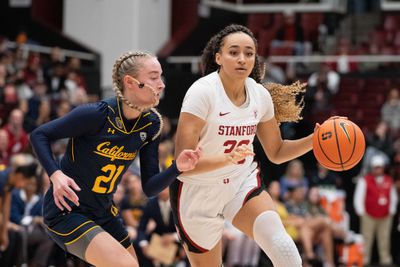
We discuss what the future holds for all parties involved.
Syracuse Orange fans, we’ve officially entered the “All-Coastal Conference” era… you guys trademarked that, right?
The “Atlantic” Coast Conference recently announced the additions of California, Stanford and Southern Methodist University following a vote among the ACC Board of Directors, bringing the conference to 18 total programs. All but three current members (Florida State, Clemson and North Carolina) voted in favor of expanding to include the new trio beginning in the 2024-2025 academic year.
The addition followed a summer that saw major conference shake-ups across the NCAA landscape — including the downfall of the Pac-12 thanks to poaching from the Big 12 and Big Ten. Including the Cal/Stanford/SMU trio, 11 major programs in total will jump ship to new conferences in 2024.
Mike and I in this story discuss what the ACC’s new additions bring to the table, what comes next for the conference’s viability, and the bigger picture of conference realignment.
What we know and what we don’t
M: The ACC is adding all three programs as full members, meaning that the change affects the non-revenue sports just as much, if not more than, the flagship football and basketball programs. I’ve long been against the coast-to-coast travel that the under-the-radar teams will be subjected to under the new conferences, but there may be partial solutions here.
D: The ACC will aim to cut down on the student-athlete travel as much as logistically possible. Commissioner Jim Phillips outlined some theoretical plans for how travel could work with the new trio in the fold. The 14 current ACC football programs would travel west once every other year, while Cal and Stanford would make at least 3-4 trips east for conference play.

Kyle Terada-USA TODAY Sports
The same would be true for men’s and women’s basketball. Phillips said the current ACC programs would travel west twice every four years and suit up versus Cal and Stanford in the same road trip. But there’s obviously a lot more than needs to be sorted out…
M: …namely in the secondary athletic programs. Does anyone think that Cal and Stanford baseball/softball are going to enjoy several long trips for east coast series? It’ll be even worse for the Olympic sports that travel for one game/event at a time. And the whole idea of Dallas as a “hub” city is forgetting one important aspect: the fans! Good luck getting much interest beyond players’ families and diehards if they can’t even go to games locally.
The value of Cal, Stanford and SMU
D: Logistics aside, the ACC’s new additions bring some interesting pieces to the table.
All three of Stanford (tied for third-best), Cal (tied for 15th) and SMU (tied for 89th) rank in the top-100 in U.S. News and World Reports, so you have to at least like the academic fit within the ACC — one of the best-known characteristics of the conference’s brand. On Monday, the ACC for the 17th straight year ranked first among FBS conferences in the “Best Colleges” rankings released by U.S. News & World Report.
As for their athletic reputations…
M: The ACC may never be the premier football conference, and these three additions don’t really move that needle, but adding more legit competition to other areas is absolutely a positive moving forward. Stanford has dominated the Governor’s Cup thanks to their immense investment in Olympic programs and women’s basketball, and Cal has some good offerings in their non-rev sports as well.

Kirby Lee-USA TODAY Sports
We already hit on the travel concerns and to be fair, what was the other option for those two — merging with the Mountain West?
D: The pre-existing ACC also gained some ground on the financial front because SMU, Cal and Stanford agreed to forgo part of the revenue they’d otherwise be guaranteed. SMU will take no revenue from TV for nine years beginning in 2024, while Cal and Stanford are each taking pay cuts as well. Per ESPN, that’s roughly an extra $50 million to $60 million going to each of the current conference members. Plus, don’t overlook bringing the ACC market into Texas and California. At this point, the gloves are all the way off with conference geography needing to make any sense (just ask the rest of the Pac-12). How much will this actually satisfy the gap in revenue between ACC schools and the SEC or Big 10? TBD.
More expansion on the way?
M: There are still a few schools that could fit the ACC mold in the near future. UConn doesn’t have a Big 12 invite waiting for them, so if they want to move up, this is the logical choice. Rice could be intriguing from both an academic and market standpoint — Houston evens out Texas, creates a rival for Dallas-based SMU and helps the Cali teams get one more closer opponent. For a true third option out west, what about San Diego State? They did almost jump ship once already…
D: I’m especially a fan of bringing in UConn down the road if the opportunity presented itself, and while some other G5 schools such as Memphis, App State and Coastal Carolina could be fits based on athletics quality, their academic reputations prevent them from being the all-around ideal candidates.
M: There’s one other possibility that hasn’t been thoroughly considered: cast outs. It hasn’t happened yet, but at what point do the Mega Two start looking for ways to get rid of their lowest earners? I’m mainly talking about Vandy, Maryland, and Rutgers (who is bleeding cash) — all of whom simply can’t compete with their current conferences’ football standards. You could also throw Northwestern in with that group, though I’m not sure I’d want to add them fresh off a massive athletics scandal.

Photo by Tony Quinn/Icon Sportswire via Getty Images
The future of the ACC
D: Like I said once the expansion news broke, I’m looking to the programs who voted no: Clemson, Florida State and North Carolina. Will one or more of those schools leave anyway even with this expansion? To be honest, it’s not as complicated as people might think.
M: If Florida State wants to be stubborn and pay a massive buyout, let them — that money would go a long way towards ensuring the survival of the rest of the conference. Whether they stay or go, other schools should benefit from the reduced incomes of the three new members. On top of that revenue, Clemson should recognize the value of the expanded CFP playoffs. If the ACC gets an auto bid, why should they pass up the chance to remain consistent National Championship contenders?
D: At the end of the day, expanding bought the ACC time. The idleness of the Pac-12 sparked a domino effect as more teams defected to other conferences. The sentiment from Phillips to be proactive over standing pat was a tough call, but the right one. The ACC now possesses enough membership to survive multiple departures. At this point, I agree: let FSU go through the complicated legal path ahead and pay up if it really wants to leave.
With what’s developed over the past two summers with conference realignment, it’s clear that most programs have entered “survive at all costs” mode. The ACC extended its life support for the short term, and for Syracuse and others, that’s exactly what was needed.
What kind of impact do you think these three universities will have? And is the ACC done adding on?